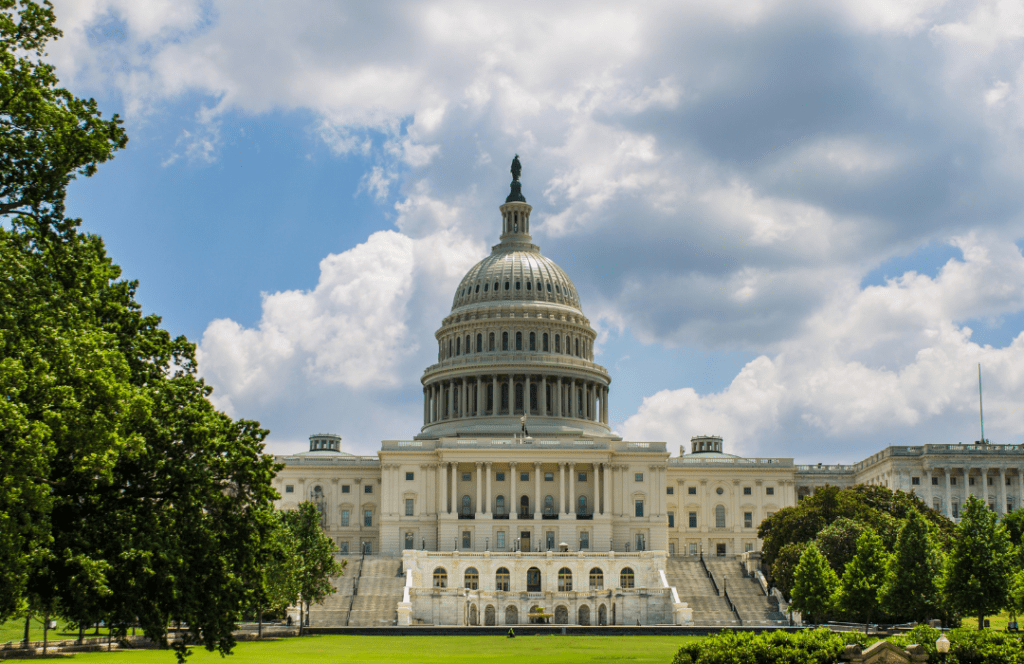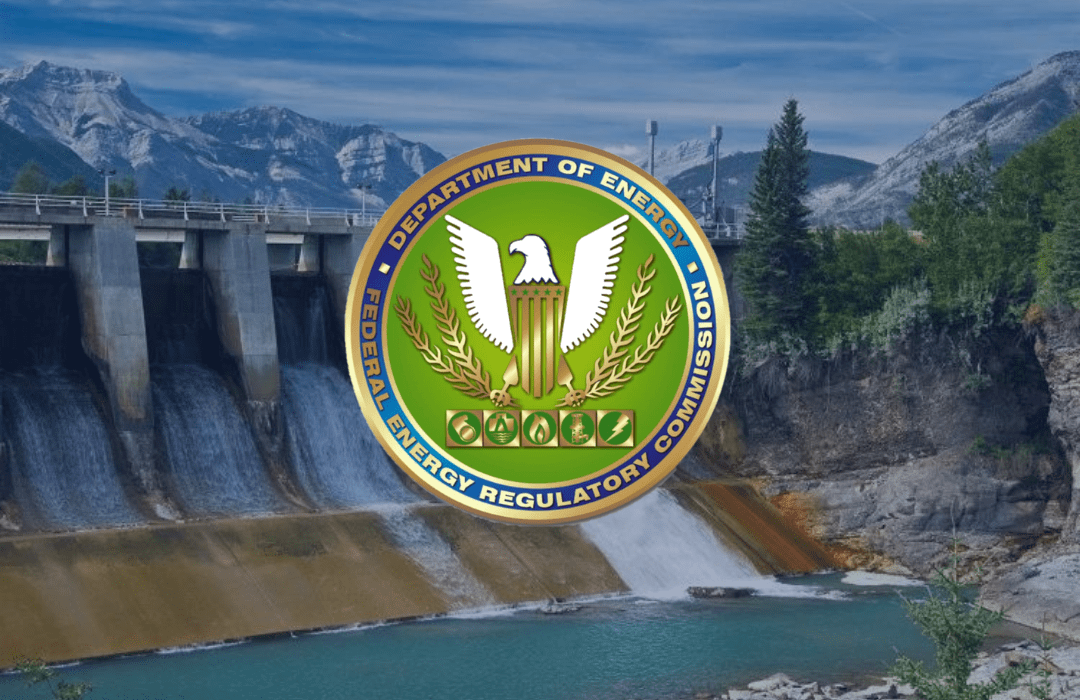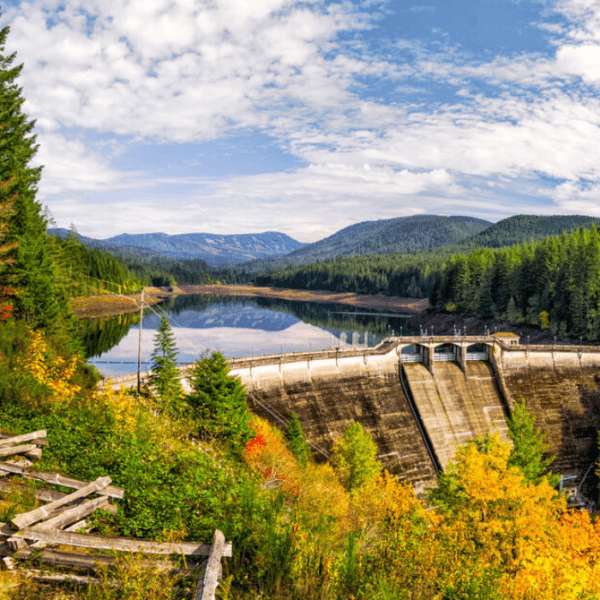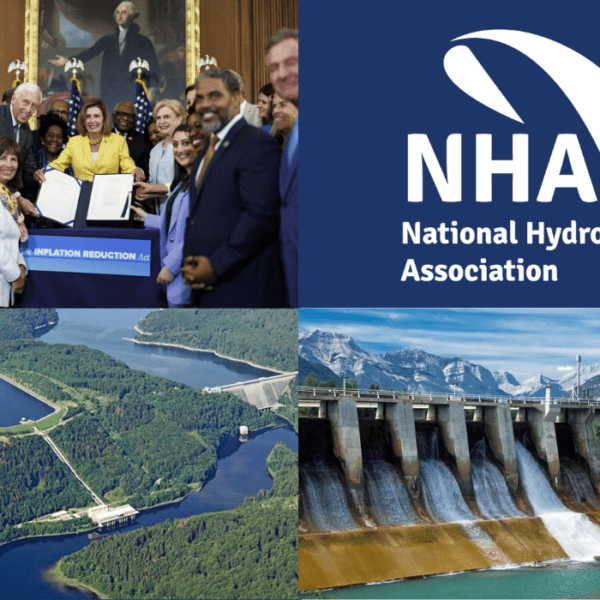With competing priorities, modernizing the hydropower licensing process was once thought of as a hill too steep to climb. Yet, all of that has changed as river conservation organizations, the hydropower industry, and tribal groups have sent a historic set of proposed reforms to Congress and the White House.
While these groups may have been at odds in the past, they have reached an agreement to increase hydropower production, as well as conservation and energy storage. The historic agreement was announced in an article by the Wall Street Journal “Tribes, Industry Groups Reach Deal to Boost Hydroelectric Power.”
The package, which has been in development for more than a year, reflects the coalition’s shared goals of providing greater regulatory certainty for hydropower facilities, enhancing the health of river ecosystems, and respecting the rights of tribes.
Congress is acting on the reforms and has scheduled a hearing titled “Modernizing Hydropower: Licensing and Reforms for a Clean Energy Future,” which will be held on May 12, 2022, at 10:30 a.m. EST.
WHY REFORM MATTERS
Improving the relicensing process for existing facilities will help ensure the long-term viability of the hydropower fleet. The relicensing process is a natural time for hydropower generators to evaluate whether to continue their operations. The costs and administrative risks associated with relicensing have contributed to more than 40 hydropower facilities surrendering their licenses in the past decade.
Reducing the timelines to license new hydropower and pumped storage facilities will increase renewable power generation and energy storage because it will enable the creation of more resources, which, in turn, allows for added power generation and storage. If enacted, these licensing reforms will enable the U.S. to continue to benefit from the baseload, carbon free, and low-cost energy hydropower provides.
DEEP DIVE – WHAT ARE THE PROPOSED REFORMS?
Hydropower Provisions
There are three important conditions for the hydropower industry in this proposal.
1.The package requires all license and mandatory conditions imposed on a hydropower facility be related to the reasonably foreseeable effects of a project. There are many examples of hydropower licensing efforts being used by state and federal resource agencies as a vehicle to pay for environmental or infrastructure upgrades unrelated to hydropower facilities.
By requiring any condition to be reasonably related to the effects of the project, this provision will prevent the licensing process from being abused to pay for mitigations unrelated to the facility.
Overall, this will lower costs and avoid unnecessary delays for facilities going through relicensing.
2. The package revises the two-year process for licensing new hydropower development at qualifying non-powered dams. Unlike earlier attempts to create a two-year process, the bill requires the Federal Energy Regulatory Commission (FERC) to make a license decision within two years from when the applicant starts the process. To qualify for the expedited licensing process, FERC must consider several factors, including whether retrofitting an existing dam to add a hydropower component would materially change the operations of the existing dam.
In addition, FERC should consider whether environmental measures would be a part of adding hydropower to a dam, such as fish passage, which would help improve the health of the river’s ecosystem, where the dam resides. This is an important acknowledgement of the ways in which hydropower operations can make river conditions more suitable for fish. The U.S. Department of Energy estimates a potential 12 gigawatts of hydropower capacity could be added at existing dams.
The two-year process will make it easier for developers to bring more hydropower on- line.

3. The package creates a new three-year licensing process for closed-loop pumped storage and off-stream pumped storage facilities. To qualify, facilities must not harm the habitat of endangered or threatened species while also representing a non-issue for complex environmental issues.
When a pumped storage facility qualifies for this proposed process, FERC would be required to issue a license decision within three years.
The package will help make it feasible for developers to build new pumped storage hydropower in the United States for the first time in 30 years.
Tribal Provisions
As part of the negotiations, several major tribal nations successfully pushed what they viewed as two significant reforms.
First, if the hydro project in a licensing proceeding is on tribal lands, the proposed package shifts 4(e) mandatory conditioning authority away from the U.S. Department of the Interior and to the tribal entity where the project is located.
Hydropower facilities on reservation lands would be held in legal title for the use of the Indian tribe. This provision recognizes tribal sovereignty by entrusting tribes with the power to make mandatory condition decisions on their own lands.
Like all conditions, the ones imposed by a tribe under 4(e) must be reasonably related to the effects of the hydropower project. The provision brings tribal nations to the table at the start of licensing processes and eliminates the Department of the Interior as a middleman between tribes and hydropower operators which will improve efficiency in the licensing process.
In addition, the proposal grants tribal nations the ability to make recommendations to FERC about 10(j) conditions; namely, where a hydropower facility impacts tribal treaty rights, such as hunting or fishing.
The provision is an important acknowledgement of tribal treaty rights and the federal government’s obligation to live up to these promises.
From an industry perspective, the proposed provision will add a voice to the licensing process, which may have a better grasp of conditions on the ground than a state or federal resource agency. This will help to ensure mitigation measures put forward entail what is needed at a given site.
Environmental Provisions
This joint legislative proposal contains three big wins for the environmental community.
1.The proposal requires FERC to consider climate change when making licensing decisions, as the provision acknowledges climate change has a material impact on energy infrastructure.
The provision also has upsides for the hydropower community. The proposal directs FERC to consider how hydro licensing can address the effects of climate change. Hydropower facilities play a positive role in helping the U.S. manage a changing climate by serving as water storage in drier areas. Hydropower’s carbon-free energy production compliments its operational flexibility, which enables the integration of additional renewable resources onto the grid.
2. The proposal promotes a “show your work” culture at FERC by requiring the agency to cite specific parts of the administrative record, which are relied upon to support its decision making.
The parties believe this will promote transparency and improve their ability to participate in the licensing process. This provision also helps the hydropower industry by making it easier for license applicants to both respond and understand the administrative record.
3. The proposal directs FERC to start a license surrender rulemaking to provide more clarity about how obsolete hydropower facilities can surrender their FERC license.
The environmental community believes this will make it easier for hydropower operators to make the decision to surrender their license when projects no longer provide value to the owner. By creating more certainty for asset owners, the provision helps the hydropower industry by removing a significant piece of existing regulatory uncertainty.
NEXT STEPS

The joint legislative proposal has captured the attention of the key Congressional Committee leadership. Both the House Energy and Commerce Committee, as well as the Senate Energy Committee, are actively evaluating the proposal.
With an upcoming hearing scheduled for May 12, 2022, the ambitious goal is to move the legislative package to President Biden’s desk before the November mid-term elections.












